
The 2006 Nebraska gubernatorial election was held on November 7, 2006; the primary election was held on May 9, 2006. Republican incumbent Dave Heineman was elected to a full term, defeating Democrat David Hahn.

William Edward Johnson served as the 22nd lieutenant governor of Nebraska, from 1939 to 1943. He was a Republican who initially served under Democratic governor Robert Leroy Cochran and later under governor Dwight Griswold, who was also a Republican. He was born in and died in Omaha.

The 2018 Nebraska gubernatorial election took place on November 6, 2018, to elect the Governor of Nebraska, concurrently with the election of Nebraska's Class I U.S. Senate seat, as well as other elections to the United States Senate in other states, elections to the United States House of Representatives, and various Nebraska and local elections. Incumbent Republican Governor Pete Ricketts won re-election to a second term.
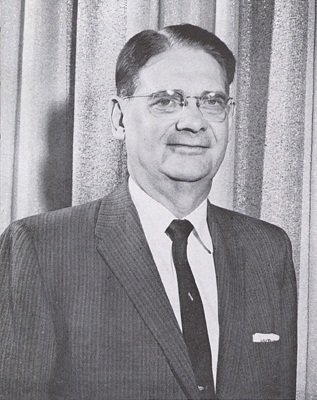
The 1958 Nebraska gubernatorial election was held on November 4, 1958, and featured school superintendent Ralph G. Brooks, a Democrat, narrowly defeating incumbent Republican Governor Victor E. Anderson, becoming the first Democrat to win the governorship since 1938.
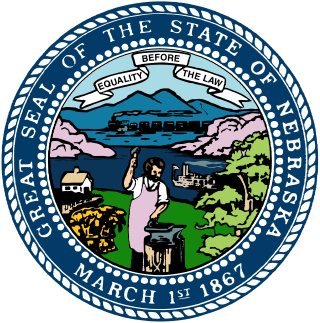
The 1954 Nebraska gubernatorial election was held on November 2, 1954, and featured Mayor of Lincoln Victor E. Anderson, a Republican, defeating Democratic nominee, attorney William Ritchie.

The 1950 Nebraska gubernatorial election was held on November 7, 1950, and featured incumbent Governor Val Peterson, a Republican, defeating Democratic nominee, former state Senator Walter R. Raecke, to win a third and final two-year term in office.
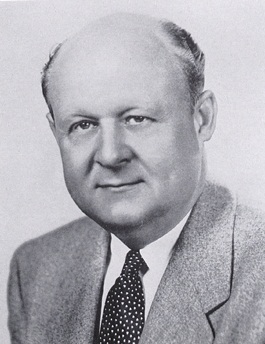
The 1946 Nebraska gubernatorial election was held on November 5, 1946, and featured former school superintendent and newspaper publisher Val Peterson, a Republican, defeating Democratic nominee, state Senator Frank Sorrell.

The 1940 Nebraska gubernatorial election was held on November 5, 1940, and featured newspaper publisher and former state legislator Dwight Griswold, a Republican, defeating Democratic nominee, former U.S. Representative Terry Carpenter. Griswold became the first Republican to win the governorship since 1928.

The 1938 Nebraska gubernatorial election was held on November 8, 1938, and featured incumbent Governor Robert L. Cochran, a Democrat, defeating Republican nominee, Speaker of the state legislature Charles J. Warner, as well as former Democratic Governor Charles W. Bryan, who ran as an Independent, to win a third and final two-year term in office.

The 2022 Nebraska gubernatorial election took place on November 8, 2022, to elect the governor of Nebraska. Incumbent Republican Governor Pete Ricketts was term-limited and unable to seek a third term. In the general election, Republican Jim Pillen went on to win the gubernatorial election by a 23-point margin.
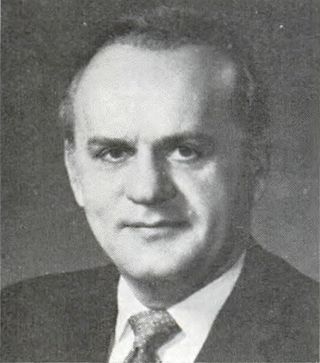
The 1964 Nebraska lieutenant gubernatorial election was held on November 3, 1964, and featured 31-year-old Philip C. Sorensen, a Democrat, defeating Republican nominee Charles Thone. Incumbent lieutenant governor Dwight W. Burney decided to run for Governor of Nebraska and thus did not run for reelection as lieutenant governor.

The 1960 Nebraska lieutenant gubernatorial election was held on November 8, 1960. Prior to the election, on September 9, 1960, Nebraska Governor Ralph G. Brooks died while in office. This caused then Nebraska Lieutenant Governor Dwight W. Burney to become Governor of Nebraska two months before the election in which he was running for reelection as lieutenant governor. Thus, the 1960 lieutenant governor election featured incumbent Nebraska Governor Dwight W. Burney, a Republican, defeating Democratic nominee Norman A. Otto, who was chosen by the Nebraska Democratic Party to replace Edward A. Dosek, who had won the Democratic primaries but had withdrawn from the race.

The 1958 Nebraska lieutenant gubernatorial election was held on November 4, 1958, and featured incumbent Nebraska Lieutenant Governor Dwight W. Burney, a Republican, defeating Democratic nominee Frank Sorrell.

The 1956 Nebraska lieutenant gubernatorial election was held on November 6, 1956, and featured Speaker of the Nebraska Legislature Dwight W. Burney, a Republican, defeating Democratic nominee Frank B. Morrison who had been chosen to replace original Democratic nominee Stanley D. Long who had died during the campaign.

The 1946 Nebraska lieutenant gubernatorial election was held on November 5, 1946. Incumbent Nebraska Lieutenant Governor Roy W. Johnson lost to Robert B. Crosby in the Republican primaries after the Nebraska Republican Pre-Primary Convention refused to endorse him for reelection. Thus, the general election featured Robert B. Crosby as the Republican nominee who defeated Democratic nominee Robert J. Swanson.
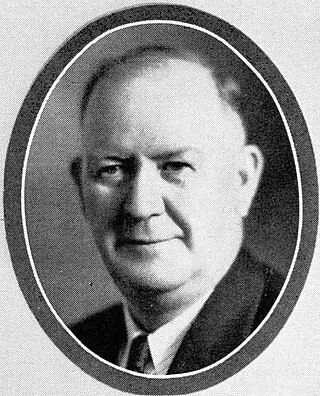
The 1944 Nebraska lieutenant gubernatorial election was held on November 7, 1944, and featured incumbent Nebraska Lieutenant Governor Roy W. Johnson, a Republican, defeating Democratic nominee Edward A. Dosek.

The 1942 Nebraska lieutenant gubernatorial election was held on November 3, 1942, and featured Roy W. Johnson, the Republican nominee, defeating Democratic nominee Harry P. Conklin. The incumbent lieutenant governor, William E. Johnson, decided not to seek reelection in order to run for United States House of Representatives in Nebraska's First District in 1942.

The 1938 Nebraska lieutenant gubernatorial elections were both held on November 8, 1938. Incumbent Nebraska Lieutenant Governor Walter H. Jurgensen was convicted of a felony in March 1938 and barred from running for a fourth term as lieutenant governor in June, 1938, leaving the 1938 lieutenant gubernatorial race wide open. The vacancy caused by his removal from office brought about two elections for lieutenant governor in 1938: the regular election which always happened biennially and a special election to fill the vacancy.

The 1920 Nebraska lieutenant gubernatorial election was held on November 2, 1920, and featured incumbent Nebraska Lieutenant Governor Pelham A. Barrows, a Republican, defeating Democratic nominee Cass G. Barns as well as Independent Robert D. Mousel.

The 1918 Nebraska lieutenant gubernatorial election was held on November 5, 1918, and featured Republican nominee Pelham A. Barrows defeating Democratic nominee William B. Banning as well as Prohibition Party nominee David B. Gilbert. Incumbent Nebraska Lieutenant Governor Edgar Howard decided not to seek reelection to the office of lieutenant governor in order to run for US Senate, but he was defeated in the Democratic primaries by John H. Morehead.














